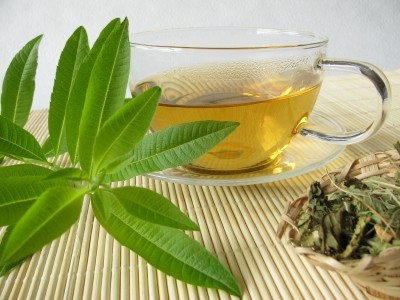Hibiscus extracts show extra potential as colourant powders
maltodextrin can provide colourants for a range of food
applications with superior stability, report researchers from
Thailand.
When formulated into a model beverage, lead author Kiattisak Duangmal from Chulalongkorn University, Bangkok reports that the hibiscus extracts performed well in comparison to commercially used colorants: San Red RC and synthetic carmoesin.
Hibiscus extracts are already used by the food industry to give colour and flavour to beverages.
The new research, published in the journal LWT - Food Science and Technology , indicates that when the extracts are freeze-dried as powders, they could offer a stable colourant for industry.
The extract, from the flower of the plant, contains many of the same antioxidant compounds as red wine, including flavonoids, polyphenols and anthocyanins, shown in research to prevent the oxidation of low-density lipoproteins (LDL), or 'bad' cholesterol.
According to background information in the article, the major and minor pigments from hibiscus responsible for the brilliant red colour of the calyces are Dp-3-sambubioside (71 per cent) and Cy-3-sambubioside (29 per cent).
When the extracts were formulated into the beverage, and stabilised using maltodextrin and trehalose, Duangmal and co-workers report that the degradation of anthocyanins was retarded.
Moreover, the freeze-dried roselle ( Hibiscus sabdariffa L.) powder stabilised with maltodextrin at three grams per 100 millilitres had the best colour stability.
When compared to beverages coloured by San Red RC and synthetic carmoesin, the researchers report that the changes in hue were all within the same shade of colour.
The best results were obtained for the synthetic colourant, while San Red RC and the hibiscus performed similarly throughout a 12-week test period.
"
This might be because carmoesin contains a synthetic colour while San Red RC and roselle contain natural colour," wrote the researchers.
The researchers also note no microbial growth, possibly because of the low pH of the beverage (pH3.6).
"
This suggests that the roselle anthocyanin powder could be used as a natural colorant in food or beverages," they concluded.
Previously, researchers from the Andalusia Institute of Biotechnology reported that the plant is also a source of linoleic-oleic fatty acid making the seed oil potentially very useful in some industrial applications like hydrogenation and butter production ( Journal of Food Science , Vol. 72, pp.
S207-S211).
Source: LWT - Food Science and Technology Published on-line ahead of print, doi: 10.1016/j.lwt.2007.08.014 "Colour evaluation of freeze-dried roselle extract as a natural food colorant in a model system of a drink" Authors: K. Duangmal, B. Saicheua and S. Sueeprasan





